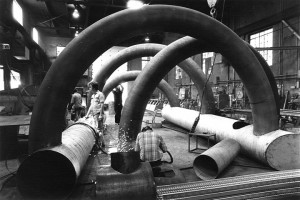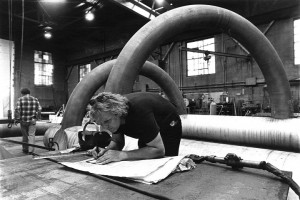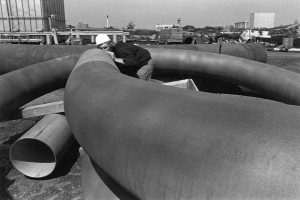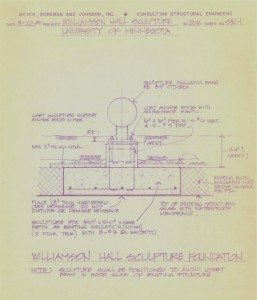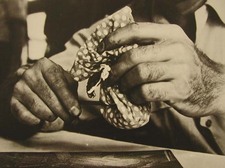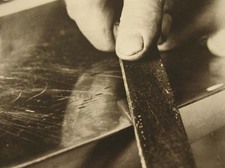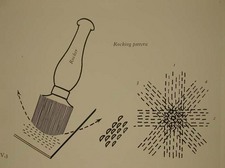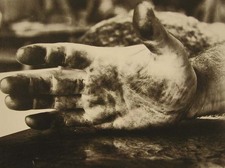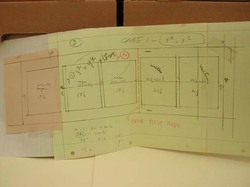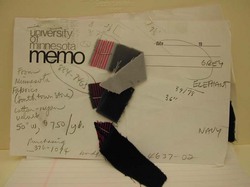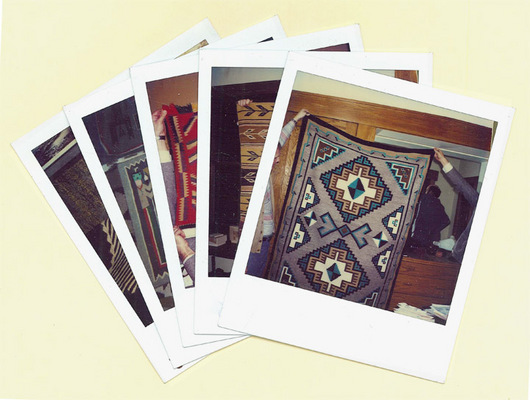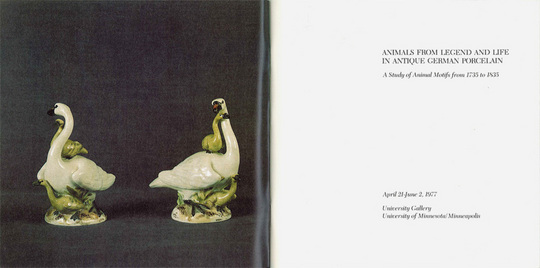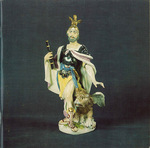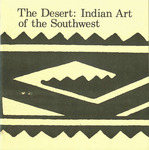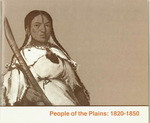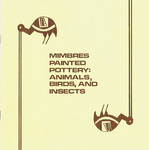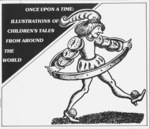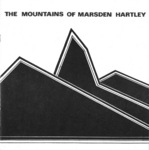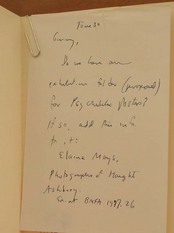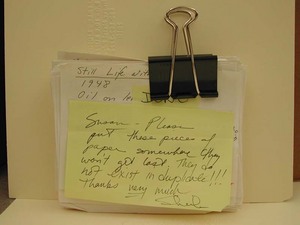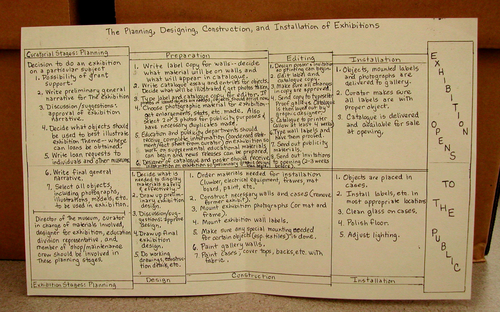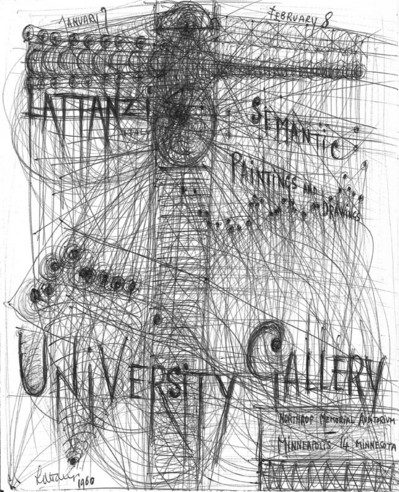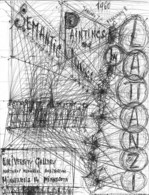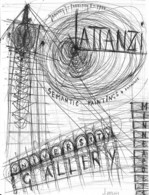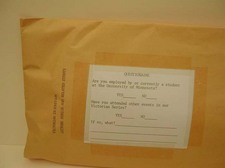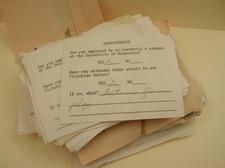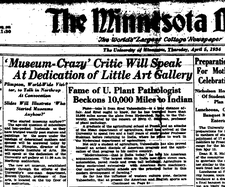 Seventy-seven years ago, on April 5, 1934, the experiment in fine arts, the “Little Gallery” opened at the University of Minnesota in a few rooms on the top floor of Northrop Auditorium. The front page of the MN Daily for April 5th announces the opening convocation that was held to commemorate the opening, and advertises that Mr. Russell A. Plimpton, of the Minneapolis Institute of Arts, would be giving a speech titled, “Who Started Museums Anyhow?,” to include a slide presentation of, in Plimpton’s regard, “some of the most interesting museums in the world.”
Seventy-seven years ago, on April 5, 1934, the experiment in fine arts, the “Little Gallery” opened at the University of Minnesota in a few rooms on the top floor of Northrop Auditorium. The front page of the MN Daily for April 5th announces the opening convocation that was held to commemorate the opening, and advertises that Mr. Russell A. Plimpton, of the Minneapolis Institute of Arts, would be giving a speech titled, “Who Started Museums Anyhow?,” to include a slide presentation of, in Plimpton’s regard, “some of the most interesting museums in the world.”
The following day, April 6, the MN Daily front-page headline reads, “Museum Head Converts Students to Art, Culture.” Another article, placed near the bottom of the page, titled, “Art Finds Home In New Gallery Over Auditorium,” vividly describes the activity in Northrop Auditorium with the addition of the new gallery:
“While several hundred students and faculty members wandered through the University’s ‘Little Gallery’ on the third floor, viewing the work of famous European and American artists, a typist on the floor below blended the staccato notes of her machines with opening chords of Beethoven’s fifth symphony, as interpreted by the orchestra on the stage of the auditorium.
An unnamed workman, oblivious of the great event which was transpiring upstairs, found the necessity to grasp a hammer firmly and contribute to the booming of the drummer, practicing in the University band rehearsal room.
Upstairs, a professor gazed at the exhibits hung along the wall of the improvised gallery, ‘Those are the first original pieces by Corot and Henner that I have ever seen,” he declared to no one in particular. And that was the general impression as the University contributed a full-fledged art gallery to its courses in culture.”
(The Plimpton speech article continues onto page 3. Also on page 3, don’t miss the advertisements for Rice Krispies cereal or Arrow Underwear. “Nothing tries my patience like creeping underwear.”)
